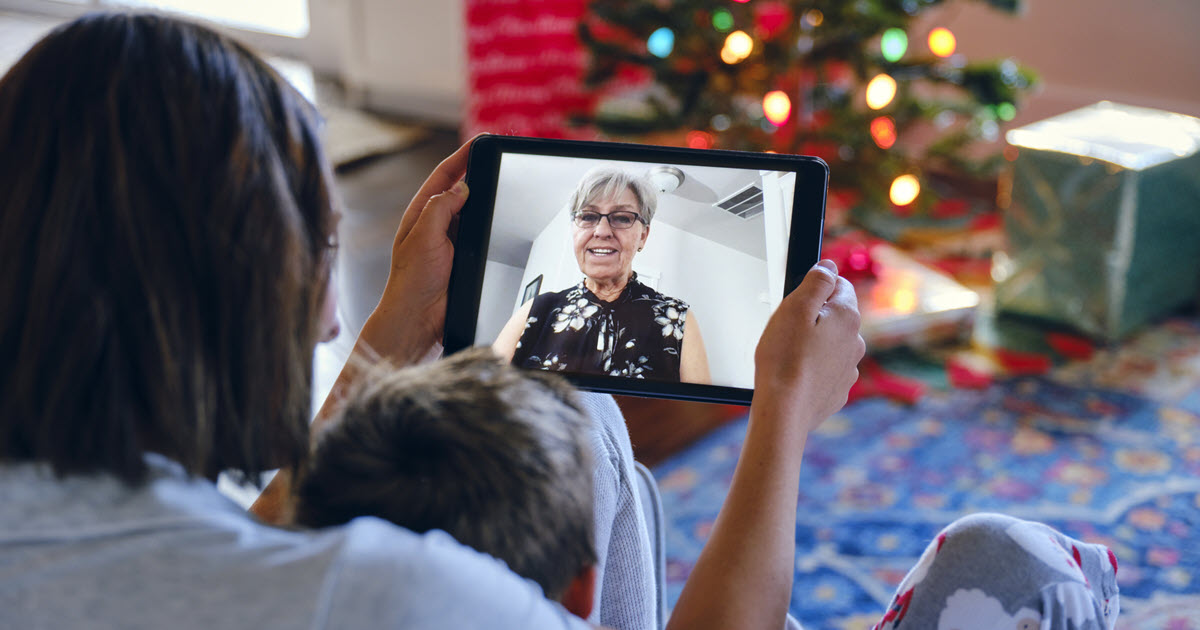By Kathleen Cameron, BSPharm, MPH. This article originally appeared on the NCOA blog.
How to Stay Safe from Coronavirus this Holiday
Key Takeaways:
- With COVID-19 cases rising in almost all states, the holidays will require extra safety precautions this year.
- The best way to prevent the spread of coronavirus is to follow guidelines for safe holiday activities.
- If you’re considering hosting or attending a gathering, there are several important factors to consider.
If you’re like me and many other Americans, the holidays are your favorite time of year. We spend time with those we love, enjoy delicious food, and have fun playing games, watching football, or other family traditions. These pastimes are exactly what we need right now after months of dealing with the pandemic, social unrest, and unease about the election.
Unfortunately, over the past few weeks, COVID-19 cases, hospitalizations, and deaths have increased in almost all states. The daily case numbers are the highest they have been since the pandemic started in February. With these alarming increases, it’s important to stay vigilant and protect yourself and those you love from contracting coronavirus during the holidays and beyond.
The holidays are a time when many families travel long distances to celebrate together, but travel increases the chance of getting and spreading the coronavirus. Staying home is the best way to protect yourself and others.
Guidelines for Safe Holiday Activities
The Centers for Disease Control and Prevention (CDC) recently issued guidelines for staying safe during the holidays. These considerations are meant to supplement—not replace—state and local health and safety laws and rules.
First and foremost, people with or exposed to COVID-19 should not host or participate in any in-person festivities. Also, if you’re aged 65+ and/or have a chronic health condition such as heart disease, high blood pressure, or diabetes, it’s best to avoid in-person gatherings with people who do not live in your household. Consider activities with lower risk, such as:
- Having a small dinner with only people who live in your household.
- Preparing traditional family recipes for family and neighbors, especially those at higher risk of severe illness from COVID-19, and delivering them in a way that doesn’t involve contact with others.
- Hosting or participating in a virtual dinner and sharing favorite recipes with friends and family.
- Shopping online rather than in person for holiday food and gifts.
- Watching sports, parades, and movies from home.
Factors to Consider about Gatherings
If you’re planning a holiday gathering or considering attending one, it’s important to carefully review several factors that create various levels of risk for spreading the virus:
- Community levels of COVID-19: Higher levels of COVID-19 cases and community spread in the gathering location, as well as where family and friends are traveling from, increase the risk.
- Location: Indoor gatherings generally pose more risk than outdoor gatherings, especially those with poor ventilation versus those with good ventilation through open windows or doors. Consider a fun outdoor celebration with warm winter clothing, blankets, and heaters if you live in a cold climate.
- Duration: Gatherings that last longer pose more risk than shorter gatherings.
- Number of people attending: Gatherings with more people pose more risk than gatherings with fewer people, especially among individuals not from your household.
- Locations attendees are traveling from: Gatherings with attendees who are traveling from different places pose a higher risk than gatherings with attendees who live in the same area.
- Behaviors of attendees prior to the gathering: Gatherings with attendees who are adhering to staying at least 6 feet apart from others, mask wearing, hand washing, and other prevention behaviors pose less risk than gatherings with attendees who are not engaging in these behaviors.
- Behaviors of attendees during the gathering: Gatherings with more preventive measures in place, such as mask wearing, distancing, and hand washing, pose less risk than gatherings where fewer or no preventive measures are being implemented.
Remember the Basics
Here’s the bottom line: Celebrating with members of your household or virtually with members of your extended family pose the lowest risk for spread. As always, we all must adhere to the very important safety precautions during the holidays and beyond:
- Wear face masks at all times in public and when around people not in your household
- Keep 6 feet apart from people not in your household
- Wash hands frequently
By following these guidelines, we all can enjoy a happy AND healthy holiday season.
The opinions expressed in this article are those of the author and do not necessarily reflect those of the Diverse Elders Coalition.


